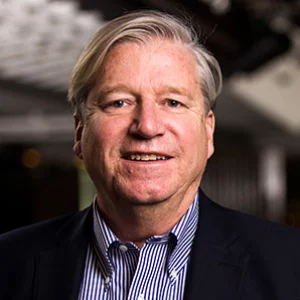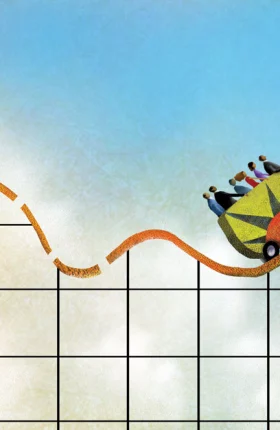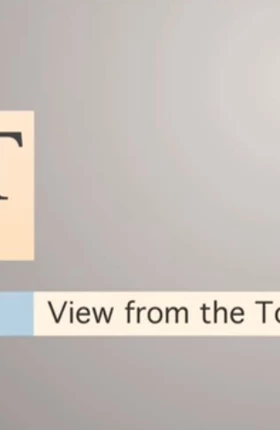The world, we are told, is suffering from an absence of leadership. When the U.S. lost its AAA long-term credit rating in August, the culprit cited was a lack of congressional leadership. As Europe struggles to contain economic woes among the weak nations in the south, fingers point to a failure of political leadership by the economically stronger nations in the north. Last month, Carol Bartz was fired as chief executive at Yahoo! and Léo Apotheker was replaced as CEO at Hewlett-Packard for failing to lead their companies back to glory.
Over the past several months, we have been interviewing chief executives of companies and nonprofits to understand how they led their organizations through large-scale transformations. Although none of the 11 executives faced a budget deficit as large as that of the U.S. or a debt crisis equal in scope to that in Europe, all have confronted sizable challenges. And their experiences and observations about leadership during difficult times are instructive and illustrative.
Simon Targett, BCG’s editor in chief, spoke with Grant Freeland, the BCG senior partner and managing director who conducted five of the interviews, and their discussion explored the lessons of leadership that emerged from BCG’s conservations with chief executives.
You interviewed leaders who head up a wide range of organizations and who have faced very different sets of challenges. Were there common themes?
Although leadership is specific to an organization’s unique circumstances, at least three common denominators emerged across all our interviews. First, every leader changed the business model for his or her organization in order to take it to a fundamentally better place within three to five years. The chief executives were not content with conducting business as usual. Second, all the leaders recognized that they would need to free up resources or get quick wins and build credibility immediately in order to accomplish their longer-term goals. Third and finally, they all spent a lot of time building the right team, organization, and culture in order to win commitment and endurance from their people.
It sounds as if the leaders work simultaneously on short-term and medium-term goals?
That’s absolutely right, and it is also one of the reasons that leading a transformation and leadership in general are so challenging. During turnarounds, many chief executives focus only on cutting costs and fail to fundamentally prepare the organization for a better future. Others have great ideas and strategies but lack the means to accomplish them. The best leaders can walk this high wire between the short and medium term.
Why do you talk about the medium term rather than the long term?
Keynes once quipped that “in the long run, we are all dead.” Our view is that, especially for public companies, chief executives do not have the luxury of the long term. They need to show strong, enduring results within two to five years or they will be out of work. Fortunately, most investors today are willing to sacrifice short-term earnings growth if they have confidence that management has a plan to right the ship. We know this through our annual survey of investors.
What surprised you the most when you were conducting the interviews?
We deliberately selected leaders from both for-profit and nonprofit organizations, and we found that the similarities in leading these two types of organizations are greater than the differences. They might not have shareholders, but leaders of nonprofits have donors to please. And just like in the profit arena, nonprofit leaders are constantly examining the business model of the organization. For example, Jasmine Whitbread, the international CEO of Save the Children, has been globalizing what had been a decentralized set of local operations. At the same time, Brian Gallagher, chief executive of United Way Worldwide, has been narrowing the organization’s overall focus to improving health, education, and incomes in local communities. Certainly, globalization and agenda-setting should be on the minds of all leaders these days.
Are there any leadership lessons that you believe may apply to the economic challenges facing many nations?
The best leaders are able to persuade a majority to make short-term sacrifices in order to serve a greater good. You see it happening in Japan today. At the same time, people need hope—hope that tough choices made now will lead to better days. As Archie Norman, the former chief executive of British retailer Asda, told me, “I want people to buy in, to see the necessity of what we are doing, and to say, ‘Yes, that’s right. We want the company to succeed, too. And we are going to put our back behind it, even though it is going to be tough.’”






